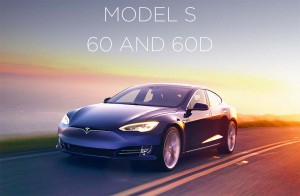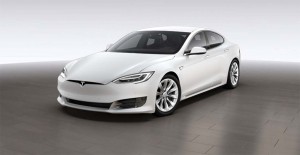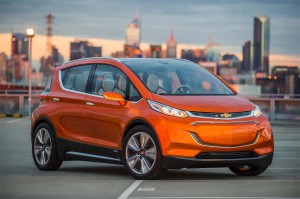Tesla hoped to win over buyers on a budget by introducing two more affordable versions of the Model S a year ago, but both the 60 and 60D battery sedans are being pulled from the line-up next month, according to the Silicon Valley automaker.
Turns out buyers are willing to come up with the extra cash to get the extra range offered by two slightly more expensive versions of the Model S, the 75 and 75D, Tesla has discovered. They offer a minimum EPA rating of 265 miles per charge.
That fits with the general direction of the battery-car market, according to several industry analysts and insiders who spoke to TheDetroitBureau.com. Demand for shorter-range electric vehicles is largely flat-lining, while there’s growing interest in vehicles that can deliver at least 200 miles per charge.
(Wall Street throws Tesla a lifeline. Click Here for the story.)
At an MSRP of $68,000, the Model S 60 was aimed at filling a seeming sweet spot at the low end of the sedan’s range, providing an option for those who could afford a little more of a monthly payment and not have to wait for the arrival of the Model 3.
By comparison, the Tesla Model S 75 started at $77,800. But it delivers 275 miles per charge, according to the EPA, compared to 225 for the Model S 60. The Model S 75D, meanwhile, delivers 265 miles range versus 219 for the 60D.
(The model names refer to the size of the battery packs, 60 and 75 kilowatt-hours, respectively.)
Just why the 60-series never took off is unclear. Tesla suggests the added range was enough to lure buyers up-market. But there’s another possibility: the range of those products is barely more than what the Model 3 is expected to deliver – even though the new Tesla sedan is expected to carry a final starting price in the mid- to high-$30,000 range, or about half that of the Model S 60.
(Tesla finances “on the edge,” as it races to launch Model 3. For more, Click Here.)
What does seem to be clear is that the battery-car market is shifting towards vehicles that offer more range. Demand for offerings like the Nissan Leaf and Ford Focus Electric, which generally get barely 100 miles per charge, is going nowhere. That’s raising serious concerns about other, short-range models in the works, such as the upcoming Honda Clarity Electric.
Orders for the new, 238-mile Chevrolet Bolt EV have, by contrast, been going strong despite a generally weak market for sedans and, in particular, green vehicles. It did help, of course, that the Bolt has won an assortment of recent awards, including being named both North American Car of the Year, and Motor Trend Car of the Year.
Meanwhile, Tesla says it now has well over 300,000 advance reservations for the Model 3, though it remains to be seen how many of those will actually translate into purchases. Tesla plans to launch production of the all-new model in July.
A procession of new products will test the water for higher range, including the next-generation Nissan Leaf – which the Japanese maker now confirms will deliver at least 200 miles – as well as electric offerings through Volkswagen’s new I.D. sub-brand and the more upscale Mercedes-EQ line.
Incidentally, those who have purchased the Tesla Model S 60 and 60D electric vehicles do have an option to stretch out their charges. The automaker actually has equipped those two entry models with the same, 75 kWh battery packs found in the Model S 75 and 75D. Owners can pay a fee to have the additional power unlocked, boosting range by over 20%.
(Tesla posts Q4 and full year loss. Click Here for the story.)




I think the real story is that the 60 models weren’t getting any incremental volume, and since they have the same battery pack as the 75, Tessa was losing even more money per unit. Wait until the next shoe drops with the maiden 3. It won’t end up anywhere near the target price, save for an imaginary loss leader just like the model 60
curious as to how many buyers actually did opt for the 60.